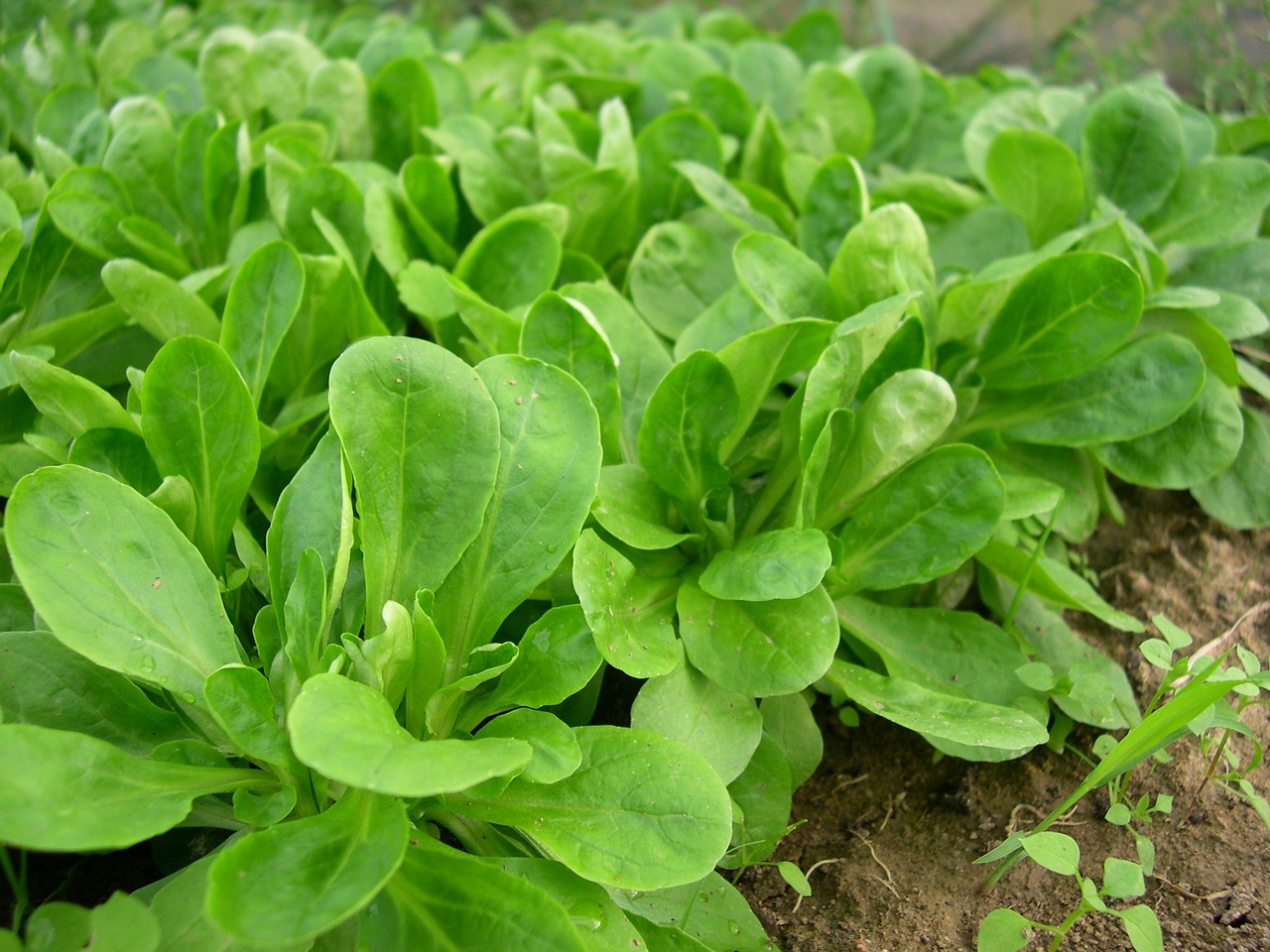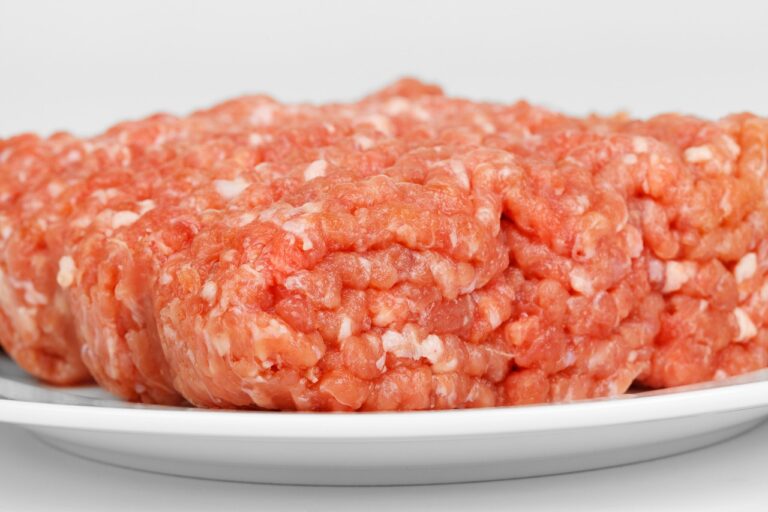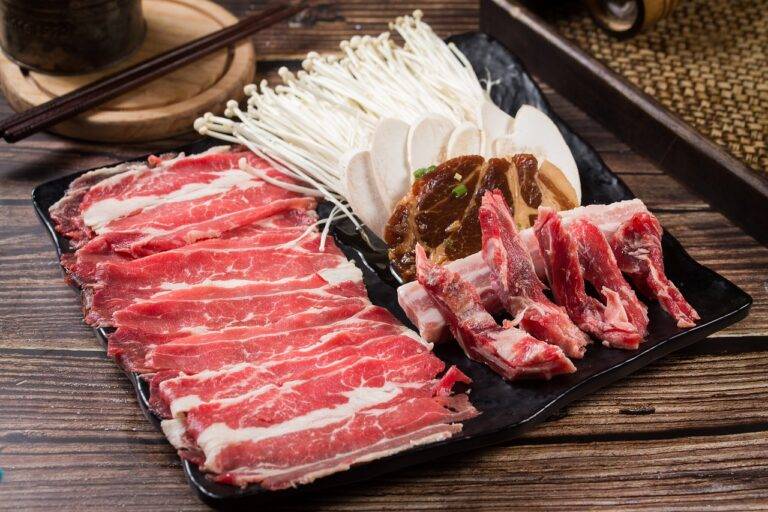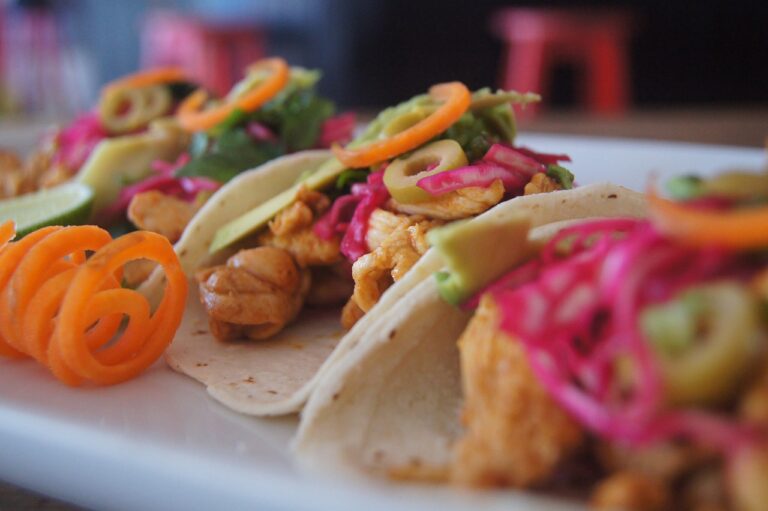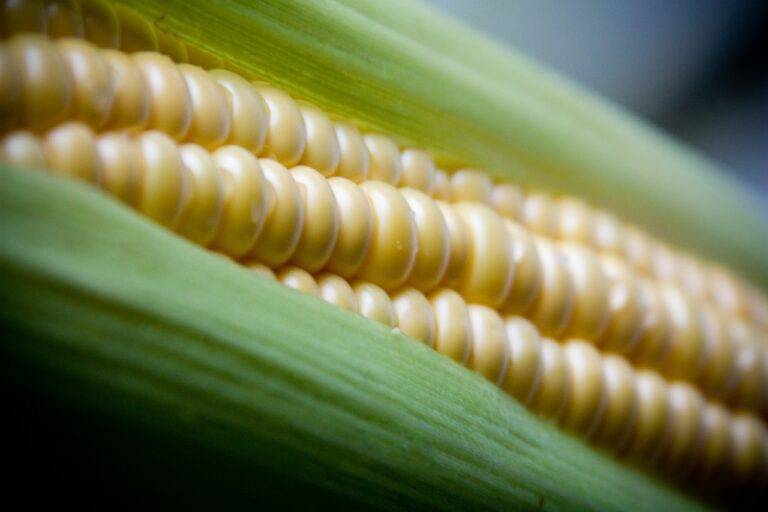The Impact of Olive Tree Varieties on Oil Quality: Diamondexch999.com login, Skyexchange sign up, Ready book club login
diamondexch999.com login, skyexchange sign up, ready book club login: The olive tree is a versatile plant that has been cultivated for centuries for its fruit and oil. The quality of olive oil can vary significantly depending on the variety of olive tree used to produce it. Different olive tree varieties contribute to the taste, aroma, color, and nutritional value of the oil. In this article, we will explore the impact of olive tree varieties on oil quality and how it affects the overall experience of consuming olive oil.
Varieties of Olive Trees
There are numerous varieties of olive trees grown around the world, each with its unique characteristics. Some of the most famous varieties include:
– Arbequina: A small, fruity olive variety that is popular in Spain and produces a mild and slightly sweet oil.
– Picual: A robust olive variety with a peppery flavor, commonly found in Spain and producing a bold and pungent oil.
– Koroneiki: A Greek olive variety known for its high oil content and fruity taste, producing a rich and flavorful oil.
– Frantoio: An Italian olive variety with a balanced taste profile and a slightly bitter finish, producing a smooth and aromatic oil.
Impact of Olive Tree Varieties on Oil Quality
1. Flavor Profile
Different olive tree varieties have distinct flavor profiles that influence the taste of the oil. For example, the Arbequina variety produces a mild and fruity oil, while the Picual variety yields a bold and peppery oil. The flavor profile of the oil can range from mild to robust, depending on the variety of olive tree used.
2. Aroma
The aroma of olive oil is also influenced by the variety of olive tree used. Some varieties, such as the Koroneiki, produce a fruity and aromatic oil, while others, like the Frantoio, yield a more robust and pungent oil. The aroma of the oil plays a crucial role in enhancing the overall sensory experience of consuming olive oil.
3. Color
The color of olive oil can vary depending on the variety of olive tree used. Some varieties produce a golden yellow oil, while others yield a deep green oil. The color of the oil is often associated with its flavor profile and can indicate the ripeness of the olives used in the production process.
4. Nutritional Value
Different olive tree varieties have varying levels of antioxidants, vitamins, and other health-promoting compounds that contribute to the nutritional value of the oil. For example, the Koroneiki variety is known for its high antioxidant content, making it a popular choice for health-conscious consumers. The nutritional value of the oil is an essential factor to consider when selecting an olive oil variety.
5. Overall Quality
The combination of flavor, aroma, color, and nutritional value contributes to the overall quality of olive oil produced from different olive tree varieties. The quality of the oil can vary significantly depending on the variety used, with some varieties producing a premium quality oil that is highly sought after in the market.
6. Market Demand
The demand for olive oil is driven by consumer preferences for specific flavor profiles, aromas, and nutritional benefits. Olive oil producers often select olive tree varieties based on market demand to cater to the preferences of consumers. Understanding the impact of olive tree varieties on oil quality is crucial for meeting consumer expectations and maintaining a competitive edge in the market.
FAQs
Q: Are all olive tree varieties suitable for olive oil production?
A: Not all olive tree varieties are suitable for olive oil production. Some varieties are better suited for table olives, while others are specifically bred for oil production due to their high oil content and desirable flavor profiles.
Q: How can I determine the variety of olive tree used to produce a particular olive oil?
A: Olive oil producers often label their products with the variety of olive tree used in the production process. Look for information on the label or contact the producer directly to inquire about the olive tree variety used.
Q: Can I mix different olive oil varieties to create a unique blend?
A: Mixing different olive oil varieties can create a unique blend with a distinct flavor profile. Experimenting with different olive oil varieties can lead to exciting flavor combinations and enhance your culinary experience.
Q: What is the best way to store olive oil to preserve its quality?
A: Olive oil should be stored in a cool, dark place away from sunlight and heat to preserve its quality. Avoid exposure to air and moisture, as these can cause the oil to oxidize and lose its flavor and nutritional value.
Q: How can I choose the best olive oil variety for my cooking needs?
A: The best olive oil variety for your cooking needs depends on your preferences and the dishes you plan to prepare. Consider the flavor, aroma, color, and nutritional value of different olive oil varieties to select the one that best complements your culinary creations.
In conclusion, the impact of olive tree varieties on oil quality is a crucial factor to consider when selecting olive oil for culinary or health purposes. Understanding the flavor, aroma, color, nutritional value, overall quality, and market demand of different olive oil varieties can help you make informed choices and enhance your olive oil experience. Experimenting with various olive oil varieties can lead to exciting discoveries and elevate your culinary creations to new heights.

